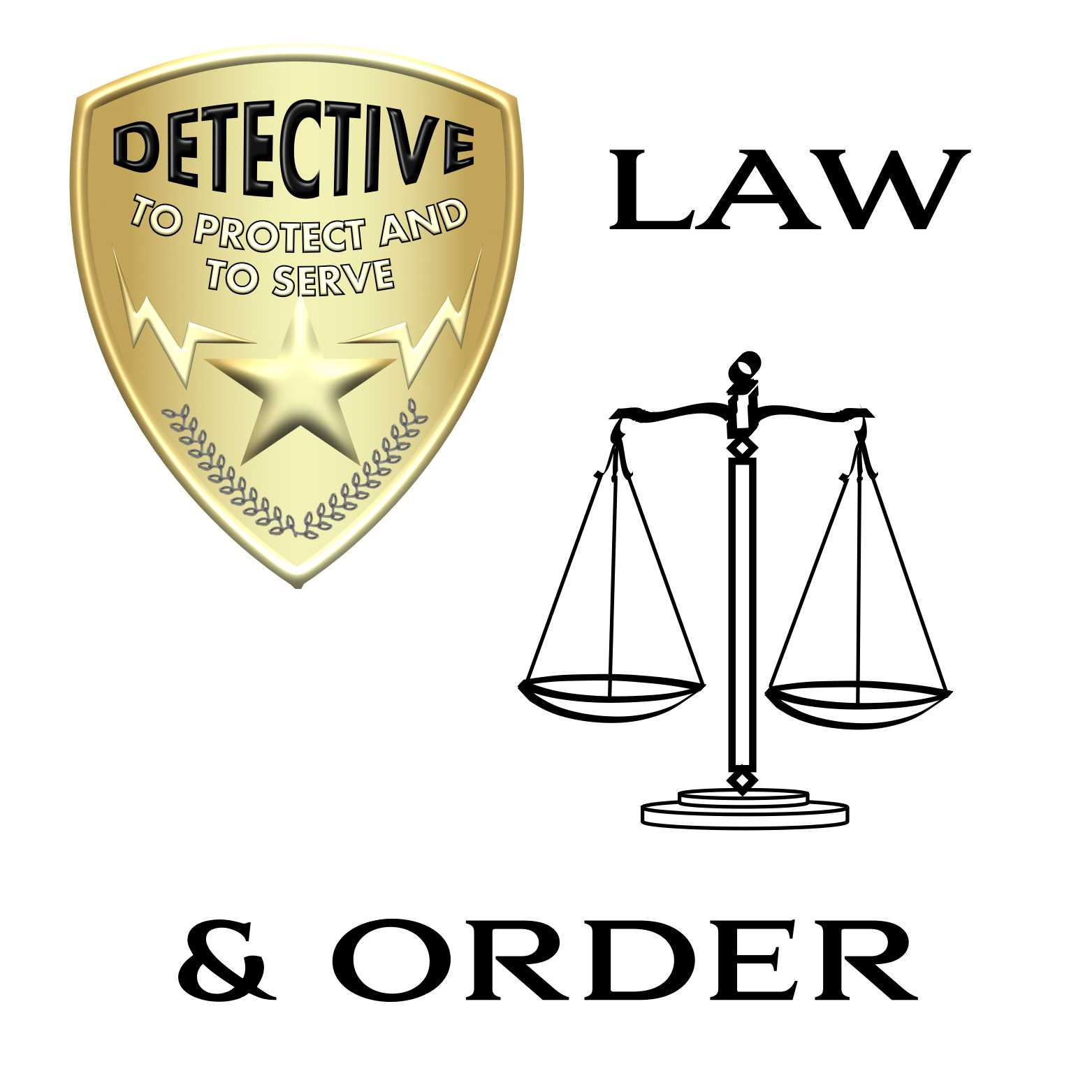👮 Law & Order
From 1990 to 2010, Law & Order was a powerful example of police/courtroom drama exemplified by other series listed at the end of this article, such as CSI (Crime Scene Investigation) and NYPD Blue. The series’ idea, conceived by Dick Wolf, was originally considered by Fox and then CBS, but after they decided to pass on the opportunity, NBC made the decision to order one season of the series. 19 more seasons followed.
The basic format, followed for the most part of its 20 year span, was the discovery of a crime, usually, but not always, murder, followed by the normal sequence of investigation and subsequent prosecution of a suspect in court. Crimes depicted on TV were very often based on actual current events, or as the series said “ripped from the headlines”. The plots highlighted “legal, ethical or personal dilemmas to which people can relate”. The location was New York City and often depicted intimate details of big city life.
Investigations could be very detailed, including wide ranging and in depth scientific analysis of evidence, psychoanalytical/psychiatric analysis of motives and methods, and in the later years, digital evidence was included, such as video surveillance, cell phone and GPS tracking. A senior and a junior detective would interview suspects, witnesses, scientific investigators, medical examiners and forensic technicians. Victim’s family members and friends were often consulted, as well as friends and family members of the suspect(s). The suspect would then be interrogated and the Defense Attorney would have his or her input. Detectives would then normally consult with their commanding officer and devise a plan of action to apprehend (if not already in custody) and charge the suspect. Sometimes an Assistant District Attorney would be part of the procedure in order to ensure that the prosecution would be successful.
The second part of each episode would move on to the prosecutors’ jobs. A pair of prosecutors, the Executive Assistant District Attorney and the Assistant District Attorney, would outline their plan for prosecution and at times, the District Attorney, being an elected official, would introduce political considerations into the equation (aaarrrggghhh!). The prosecutors and the Defense Attorney would all have their input and often jockey for position using admissibility of evidence, jury selection, plea bargaining and other legal maneuvers. This is the approximate time when action would move into the courtroom. Scenes would show a judge ruling on the various legal maneuvers in preparation for the trial.
During the trial, we see professional testimony from the medical examiners, crime lab technicians (including fingerprint analysts, DNA profilers and ballistics analysts), and psychologists or psychiatrists and many of the characters already introduced: witnesses, family members, and of course suspects. Occasionally, the action would move into the judge’s chambers for rulings outside of the public trial procedure. Many moral, ethical and just plain crazy defense arguments are made at this point. Back in the courtroom, both sides present their arguments and then the action breaks while the jury deliberates.
Once the jury has reached a verdict, the scene often depicts the reactions of the concerned parties, the families of the victim and the suspect (whether found guilty or not), the detectives and the prosecutors. If found guilty, the suspect is led away and then after some observations from police and prosecutors, sentencing follows.
The final scenes will usually be the prosecutorial team’s further observations and sometimes the detectives will discuss the case and outcome. The moral and ethical issues are often discussed.
Law & Order received many awards over the years and the list of noteworthy actors involved, both as regular cast members and as guests is huge. The cast maintained continuity, with characters coming and going from time to time, but always following a story line that explained every change. A huge part of the charm of the series was that the story of the cast, the characters, captivated the audience. I was happy to be part of that audience.
